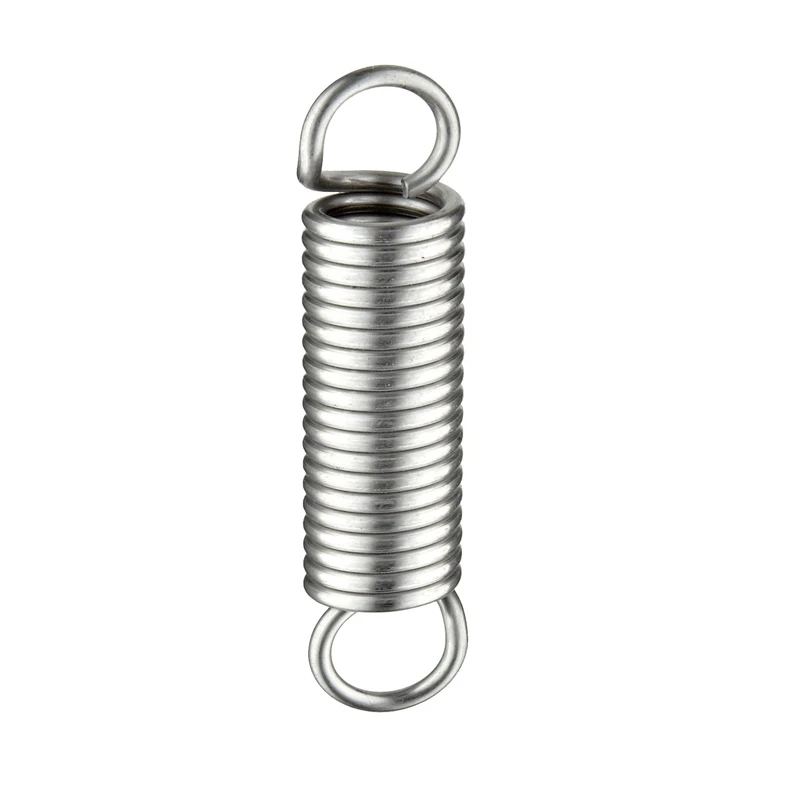
- Mobile Phone
- +8613931874955
- sales@cntcmetal.com
different types of coil springs
Understanding Different Types of Coil Springs
Coil springs are a fundamental component in various mechanical systems, providing essential functions such as shock absorption, load handling, and restoring force in dynamic applications. These springs are characterized by their helical shape, which allows them to compress and extend in response to applied forces. There are several types of coil springs, each designed for specific applications and requirements. Let’s explore some of the most common types of coil springs and their uses.
1. Compression Springs
Compression springs are one of the most widely recognized types of coil springs. They are designed to operate under compressive loads, meaning they resist being compressed when a force is applied. These springs are typically made of round wire and have an open coil structure, allowing them to compress to a shorter length. Compression springs are used in various applications, from simple mechanical devices like pens to complex machinery such as automotive suspensions, where they absorb shocks and vibrations.
2. Extension Springs
Extension springs, unlike compression springs, are designed to operate under tensile loads. They have coils that are closely wound, and when a force is applied to stretch the spring, it exerts a restoring force that pulls back to its natural length. Extension springs are commonly used in applications requiring a pulling force, such as in garage doors, trampolines, and various types of machinery to provide tension and maintain a specific position.
different types of coil springs

Torsion springs are specialized coil springs that resist twisting forces. These springs are designed to twist around their axis, storing potential energy when the coils are twisted in one direction. When released, the spring exerts a force that returns it to its original position. Torsion springs are frequently used in hinges, clip mechanisms, and other applications where rotational motion is involved, providing the necessary torque for various devices.
4. Constant Force Springs
Constant force springs, also known as constant tension springs, provide a constant force over a range of motion. They are made of strips of flat material coiled into a spiral shape, and as they are extended or compressed, they maintain a consistent force. These springs are ideal for applications where a steady force is required, such as in window shades, suitcase handles, and certain types of automotive components.
5. Barrel Springs
Barrel springs, similar to compression springs, have a cylindrical shape but are designed with a unique taper. This tapering allows for a more compact design, providing strength and resistance to buckling under heavy loads. Barrel springs are often used in applications where space is limited, such as electronic devices and compact machinery.
Conclusion
Coil springs are versatile components used across industries, from automotive and aerospace to electronics and furniture. Understanding the different types of coil springs and their specific applications is crucial for engineers and designers looking to optimize their designs for performance and efficiency. Whether it’s for providing support, facilitating motion, or absorbing shocks, the right coil spring can significantly enhance the functionality of a product. Each type of spring has its unique characteristics that make it suitable for specific tasks, highlighting the importance of material selection, design, and application in mechanical engineering.
share:
-
Why Sacrificial Formwork Is Redefining Underground ConstructionNewsJun.06,2025
-
The Structural Dynamics of Modern Concrete: How Snake Spacers Revolutionize Flexible ReinforcementNewsJun.06,2025
-
Snake Spacers Smart-Lock Concrete Reinforcement with Surgical PrecisionNewsJun.06,2025
-
Snake Spacers: Reinforcement Precision for Modern Concrete ProjectsNewsJun.06,2025
-
Snake Spacers Powering Concrete's Structural DNANewsJun.06,2025
-
Slither into Success: Snake Spacers' Precision Bite for Unbreakable ReinforcementNewsJun.06,2025
-
Sacrificial Formwork: Building Stronger, Faster, and Safer StructuresNewsJun.06,2025



















